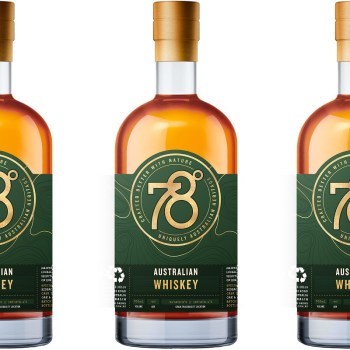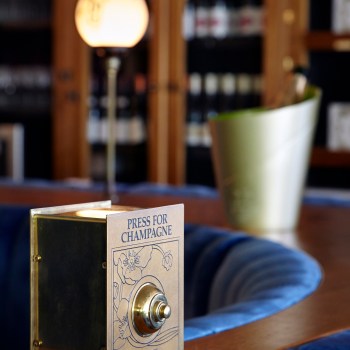Behind every great bar experience is a team of professionals shaping what, where and how we drink – from bartenders and venue managers to brand ambassadors and drinks consultants.
In this series, Bars and Clubs sits down with the people behind the scenes and behind the bar to celebrate their careers and their craft. Each week, we’ll talk drinks, service, culture and community, and dive into the real conversations happening behind the bar.
Today, we’re joined by Jay Cozma, who, with more than 20 years in the game, cut his teeth in some of Sydney’s top venues and now steers Old Mate’s Group as Group Training and Creative Manager.
Bars and Clubs: How long have you been in the bar industry, and what is it about the industry that continues to excite you?
Jay Cozma: I recently just crossed over the 20-year mark in the industry, quite a long time considering I started out just bar-backing on the weekends when I was an apprentice mechanic.
I have been pretty fortunate to work with incredibly talented teams over the years, this is probably what has excited me the most throughout the two decades. Getting to see how the industry is constantly evolving and the lean toward providing an elevated guest experience, as opposed to lengthy cocktail lists or massive spirit selections.
B&C: Can you tell us about your current role and what it entails?
JC: My current role is a bit of a hybrid one. I get to work with the team in both a training and creative capacity, and an operational one. It’s a mix of tailored development sessions with the bar team and managers alongside service shifts in both Old Mates and Old Loves. We have quite a broad but structured internal training program across both venues that also has an organic side to it. We are constantly looking at new additions to the program either from a drinks or service focus which keeps our team challenged.
B&C: What are three things that you think make a successful bartender?
JC: Firstly, I would have to say a genuine love of hospitality, guest experience is everything. If you genuinely enjoy creating a great experience for people, then everything else can be learnt along the way.
Secondly has to be active listening. The most important person in the room is always the guest, you need to know how to read them.
Lastly, for me, don’t be afraid to learn new ways of doing things you already know. Change is great, just be consistent.
B&C: Can you tell us what your favourite bar is and why? What’s your go-to drink when visiting?
JC: Difficult to narrow this down, if we are thinking globally then it’s definitely a dive bar in East Carrolton, New Orleans named Snake and Jakes Christmas Club Lounge. This place is the epitome of a southern neighbourhood dive bar and it’s lit only by dim fairy lights and trades from 12pm to 7am every day, a Miller High Life would be my order.
Here in Sydney, as cheesy as it sounds, probably Old Loves which is why I love being on the team. The vibe is always on point and the team just nail every aspect of hospitality day-in-day-out. The drink I’m ordering is the Dre Walters-created Clarence Street classic, The Cuban Payphone – white rum, Fino sherry, lemon, sugar and orange bitters. Just a clean and refreshing little riff on the London Calling.
B&C: What’s the best cocktail you’ve ever had, and where did you have it?
JC: The best cocktail I’ve ever had – this is something I have tried to contemplate many times. I think I have it down to a top two. The first of these drinks is The Belafonte, a long-time menu favourite at an old Sydney bar named This Must Be The Place. This is likely where my love of spritzy sherry-based cocktails started. The second would have to be the Africola from PS40 – the ultimate upside-down Irish coffee, this drink blew my mind first time having it.
B&C: In your opinion, what underrated ingredient or technique do you think bartenders should explore more?
JC: I would probably lean towards switching. I guess a trimmed down explanation of switching is replacing water in spirits with another liquid that is non-alcoholic. We do this using a medical grade freezer at a temperature around minus 34 degrees Celsius. This is also referred to as fractional concentration in a more scientific world.
Once at this temperature the original spirit has its alcohol and water bodies separate, allowing us to remove the water and get creative with flavours and textures depending on the liquid replacing the water. Iain McPherson of Panda & Sons in Scotland introduced us to it and we are still only just scratching the surface of its possibilities.
B&C: What’s a drink trend you’re loving right now and one you wish would go away?
JC: This is an easy one, it’s the gels, foams and creams that are bringing a new, modern breath of life into the traditional Pousse Café style cocktail. I’ve always had a soft spot for classic layered-style drinks and seeing how creative people are with their use of ingredients and methods lately is amazing, also, they are a bit of fun! I honestly couldn’t pick a trend I wish would go away, every trend has its followers I guess so it’s all relevant.



